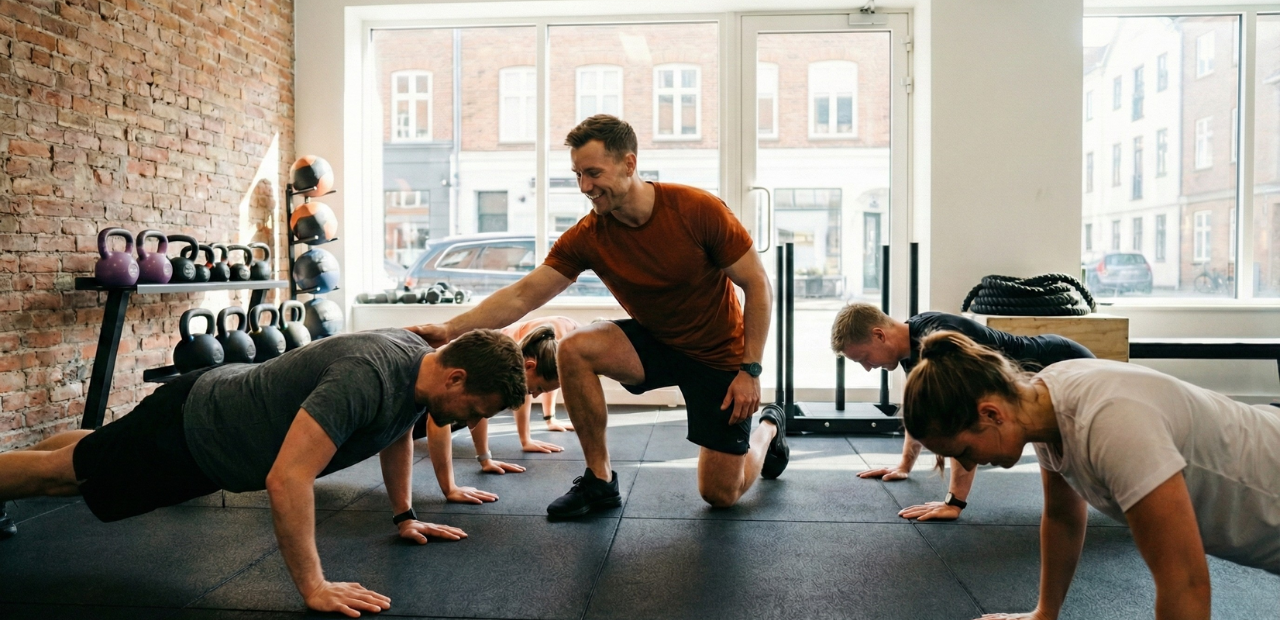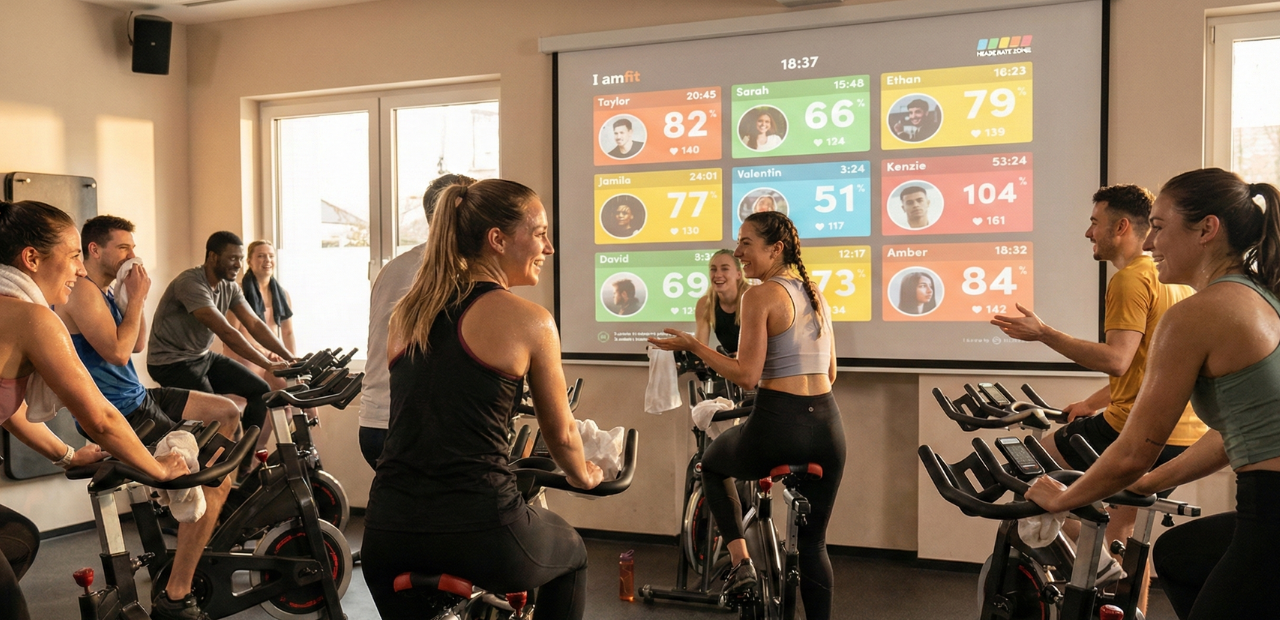In our previous blog about how to build an outdoor fitness station on a budget , we talked about cheap ways to take your workouts outdoors and diversify your offering for the short term.
In this blog, we’ll unpack how you can build an outdoor gym that is professional, scalable, and also reflects your brand identity every step of the way.
Further reading: Everything You Need to Know About How to Start an Outdoor Fitness Class
Larger gyms such as chain fitness clubs or personal trainers with a broad client base may be interested in building an outdoor fitness station professionally for many reasons. For example, you want to grow your fitness business in a different, more versatile direction – or you want a business offering that can withstand the uncertainties of lockdowns.
Whatever the reason may be, if you’ve got both space and budget, how to build an outdoor gym should be an easy question for you to answer. Many successful fitness companies have taken their workouts outdoor before, and the warmer months mean that there’s a market gap for people wanting to be outside – and not stuck inside a gym after a year of… well, being stuck inside.
As a larger business, it is worth it to put a little more into the building of your outdoor fitness station to make it stand out. Doing it the professional way means creating a more permanent outdoor physical location, stocking your outdoor station with equipment, and using technology to unify the workout experience while creating a professional workout program.
How to Build an Outdoor Fitness Station: Equipment Goes Beyond Weights
A prime example of this is Barry’s Bootcamp. This premier fitness company has made its name in the genre of both outdoor and indoor exercise. They are currently offering 50-minute outdoor workouts that utilize weights and bands – all suitable equipment for outdoor gyms.
Barry’s is even using a ‘silent disco sound system’ since their classes are being held in outdoor public locations; they provide headphones for all participating clients, complete with an energy-boosting playlist. They also allow clients to use their regular in-studio memberships to partake in these outdoor fitness classes, and new prospects can purchase class packages to use outdoors while dipping their toes into Barry’s offering.
Find a Unique Location
We’ve already spoken about location in our previous blog about how to build an outdoor fitness station on a budget – the same rules for finding a good location apply here. In short, when scouting for a suitable location, building an outdoor gym the professional way means taking weather into account. A semi-permanent tent, terrace, or something to protect clients from the weather can make holding outdoor classes no longer at the mercy of mother nature.
Since we’re doing things the professional way, you ideally want to have the room in your budget to have an above-par location where you can set up banners and other advertising material to capture the curiosities of passers-by – it’s free and easy marketing for your fitness business ! An ‘above-par location’ basically means somewhere your clients can work out undisturbed and away from too many prying eyes. This may mean getting into contact with your city hall or municipality to secure a nice spot to build your outdoor fitness station.
A good location should also be one that motivates your clients to keep coming back for more. While parking lots and public parks work well across the board, try finding a unique spot by connecting with outdoor terraces, rooftop bars, and other cool spots that are willing to rent out cool spaces during downtime.
Provide High-Quality Equipment
Provide everything your clients might need for a full-body workout and expect them to bring as little as possible. For gym stations operating on a budget, you can ask clients to bring their own mini-weights, jump ropes, or bands. However, this can be seen as unprofessional if you’re a larger fitness business that members pay a premium membership for. Bar a yoga mat and a towel, they should be able to show up for your outdoor fitness class without clunky gym bags.
Battle ropes, kettlebells, swiss balls, and small portable machines are all great options for your semi-permanent outdoor station. You could transport it in a van that’s decked out in your company’s branding to gain even more exposure.
The equipment will vary depending on the classes you decide to teach, but whatever you choose, make sure it is outdoor-friendly and can hold up to the elements. When setting up, don’t forget to take social distancing into account for both the instructor and clients.
How to Build an Outdoor Gym: Use Technology
Finally, gyms or personal trainers implementing a professional gym outdoor station strategy will want to integrate this new outdoor offering with streamlined use of technology to monitor progress, keep them accountable and motivated and create professional workout plans.
Creating an outdoor gym station to take your fitness classes outside is no longer just a fancy addition to your in-facility offerings but will be a necessity going forward. Considering the ’newness’ of this phenomenon, it is crucial to note that you don’t have to do everything all at once. We’re still laying the groundwork for how to build outdoor fitness stations – especially within the professional context.
Hence, whether you do things on a budget or professionally, neither one nor the other is inherently better; you can certainly provide a quality outdoor workout experience by just give your clients something to look forward to .
Nevertheless, bigger gyms and personal trainers more clients have the financial and social capital to build an outdoor gym space the professional way; and we believe it is definitely worth the investment!




